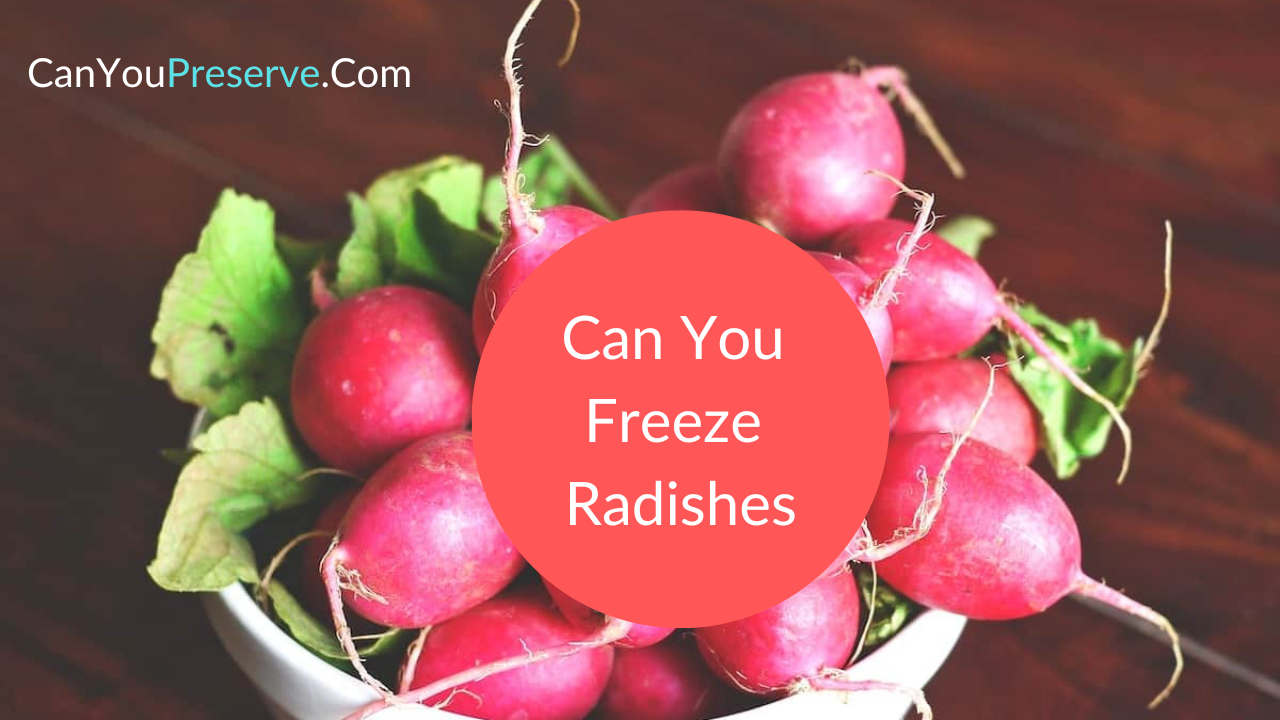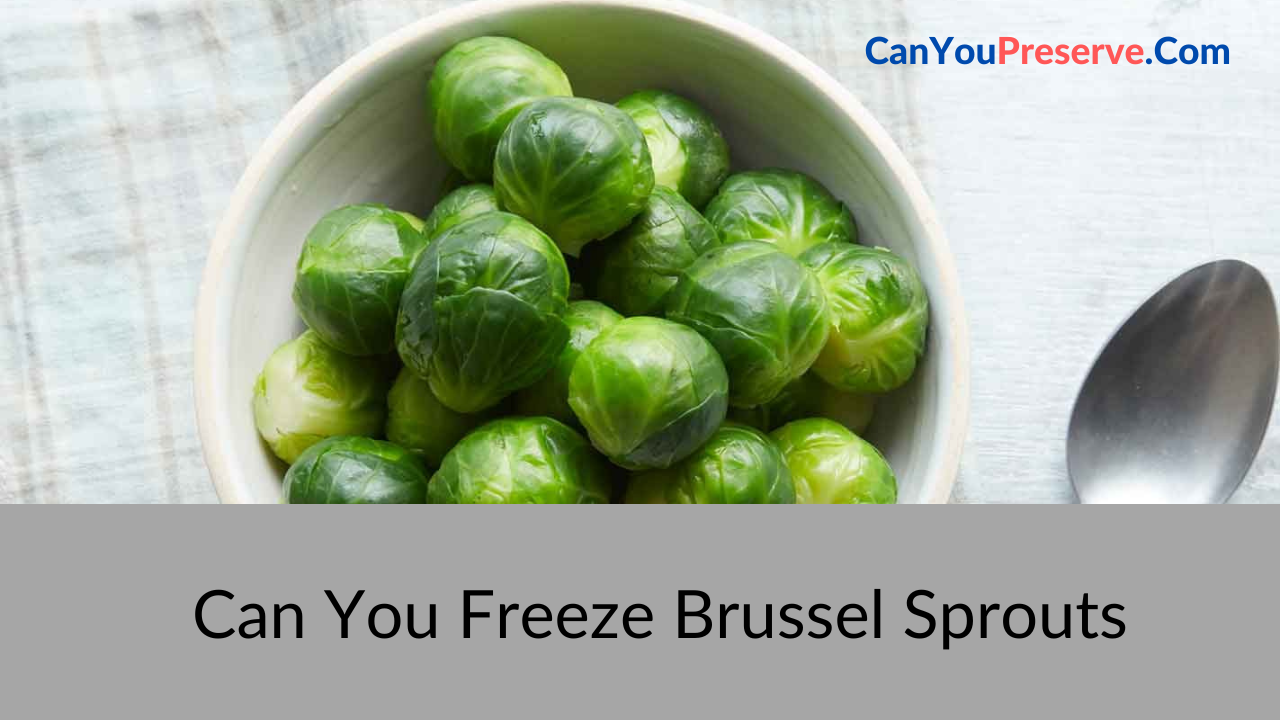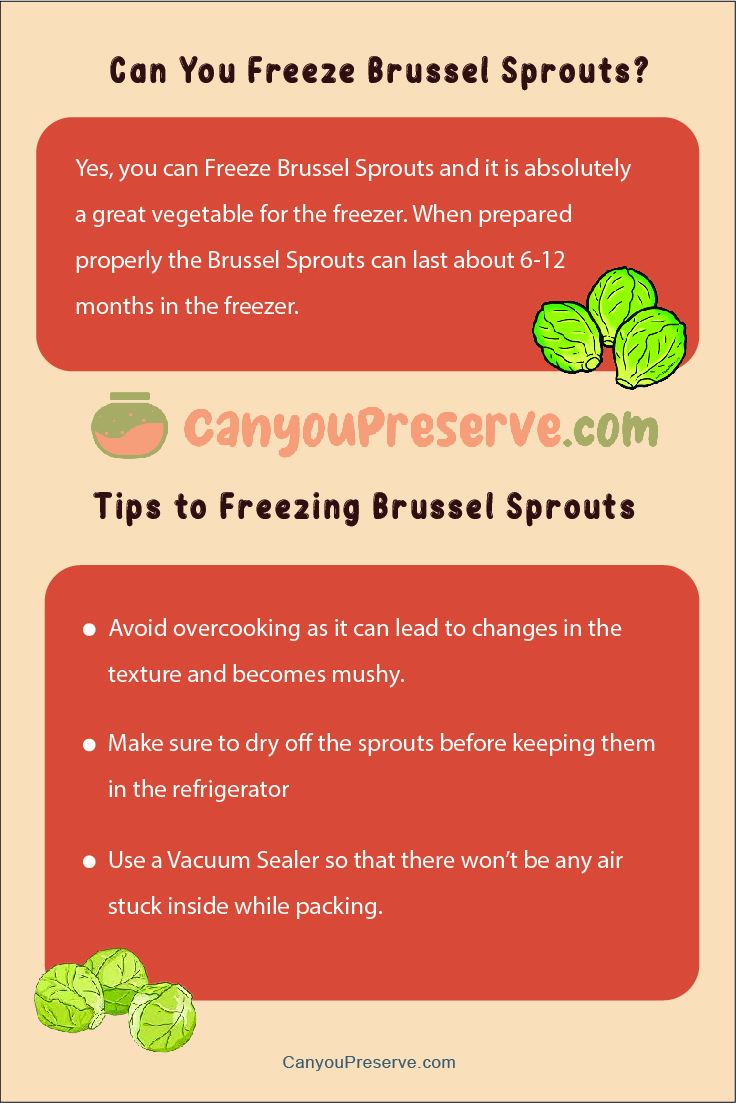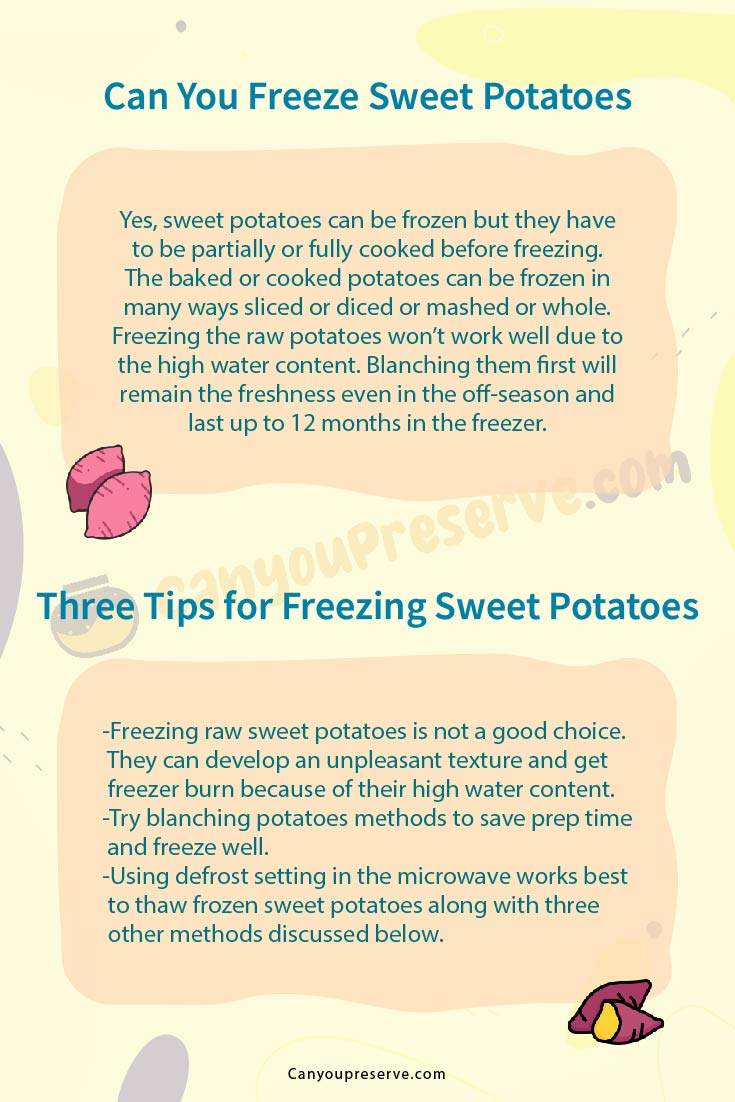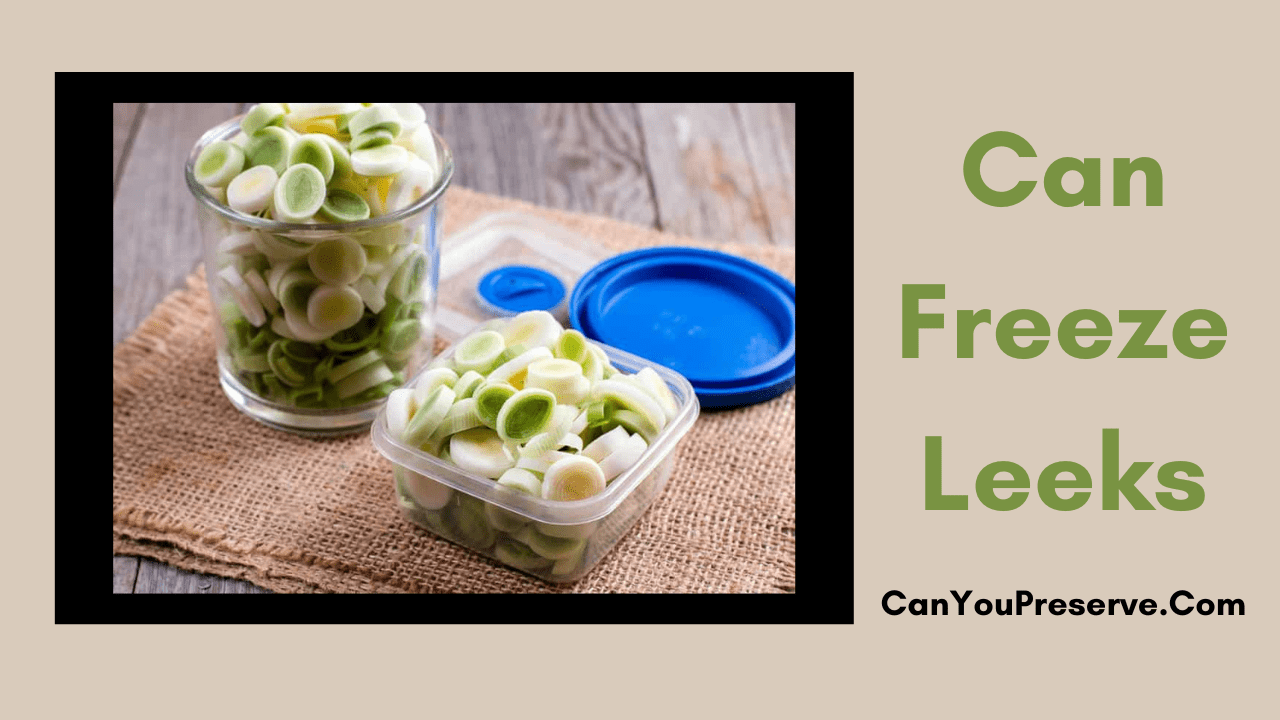Can You Freeze Tinned Tomatoes?: If you love cooking spaghetti, you must have a bunch of tin cans of tomatoes. Mainly because most spaghetti recipes feel totally bland without the tomato puree and a hint of Italian seasonings. However, are these tinned tomatoes even suitable for freezing in a regular freezer? That should be an obvious question because tinned tomatoes have ingredients that give them a long shelf life.
Additionally, one has to use the whole tin while making a recipe, but if you do have leftovers, what will you do? We will give answers to all these questions in this particular article to help you freeze tinned tomatoes. Read on if you want to know.
- Can You Freeze Tinned Tomatoes?
- How long can you freeze Tinned Tomatoes?
- How To Freeze Tinned Tomatoes?
- How Can You Freeze Tinned Tomato Paste?
- Tips for freezing Tinned Tomatoes
- How Can You Defrost Tinned Tomatoes?
- How To Use Frozen Tinned Tomatoes?
- Can You Refreeze Tinned Tomatoes?
- FAQs On Can I Freeze Tinned Tomatoes?

Can You Freeze Tinned Tomatoes?
Yes, you can freeze tinned tomatoes, and it’s pretty simple, too, if you use the proper steps mentioned here. Tinned tomatoes usually come in the can, and freezing does help the texture become firmer. Hence, freezing your leftover tinned tomatoes will do more good than bad.
Well, the unopened cans will be good for a longer time and even save you the expense of extra containers. However, in the case of opened cans, the tomato has to be secured in clean airtight containers. The ground rule is that due to the preservatives used in tinned tomatoes, freezing might get a little complex.
Apart from freezing the tinned tomatoes, you can also freeze fresh tomatoes by following the process explained in this guide called Can you Freeze Tomatoes?
How long can you freeze Tinned Tomatoes?
You can freeze tinned tomatoes for up to 6 months. Tomatoes tend to expand in size when they freeze. Do make sure that you have enough shape in the bag you chose for freezing them. If you want to cook the tomatoes, you can either directly cook the frozen tomatoes or defrost them for 2 minutes in the microwave.
Related Articles:
How To Freeze Tinned Tomatoes?
Tomato tins can be stored in kitchen cabinets for years without being opened, but as soon as they are opened, the tomatoes begin to rot.
While any leftover tinned tomatoes can be kept for a short time in the refrigerator, freezing them will significantly increase their shelf life. The best procedure for freezing canned tomatoes is as follows:
- Your leftover tinned tomatoes should be divided into smaller or individual servings. When determining your portion size, consider how much you typically use when cooking.
- Using your canned tomatoes, fill freezer-safe bags or containers 3/4 full, leaving space towards the top if using containers for expansion.
- Put your bags or container in the freezer for however long is necessary after labeling them.
How Can You Freeze Tinned Tomato Paste?
Freezing tomato paste makes it easy to use in the future. You can use it at your convenience for cooking specific recipes in the future. It also saves money as you do not have to buy a tomato can every time you need tomatoes for cooking.
To freeze tomato paste you can either use a tablespoon or a cookie scoop to make portions. Thereafter, you can keep the portion on a baking sheet and freeze them. Later you can transfer these into a bag and keep them inside the freezer until you need them.
Do Check:
Tips for freezing Tinned Tomatoes
Now that we have cleared the ground of freezing tinned tomatoes, here are a few tomato freezing tips that will help you out.
Avoid freezing the cans: As long as the tinned cans are unopened, you can put the tins inside the freezer, and it’s all good. However, don’t freeze the opened containers, as the tomatoes might act up because of the metal. After all, you don’t want a ruined mess inside out.
Use up the opened tins: The opened tins are mostly tomato leftovers that you may or may not want to waste. Open containers will react with the air outside and rot the tomatoes, leaving you with nothing.
Freeze in portions: Freezing in portions is very important for tinned tomato pastes. You must keep the paste in individual containers so that you can use that batch and defrost it at once.
How Can You Defrost Tinned Tomatoes?
In general, you do not need to defrost tin tomatoes for cooking them. You can simply get the frozen tomatoes out of the freezer and use them in recipes. However, if you still want to defrost frozen tomatoes, there is a way out.
- All you have to do is take the tomatoes out of the freezer and store them in the fridge. Leave it throughout the night for defrosting and use it for any recipes later.
- In case you are in a hurry, you can put them in a microwave for thawing. Ensure to check it constantly so that it does not turn into mush.
How To Use Frozen-Tinned Tomatoes?
Frozen, tinned tomatoes are as good as regular tinned tomatoes when it comes to cooking. As we mentioned earlier, tinned tomatoes are great for making spaghetti sauce and other tangy recipes. Also, defrosting them won’t make a significant change in the food.
Additionally, you can use the thawed tin tomatoes for dishes that need gravy or spicy curries. However, ensure to keep away the ones that are kept in opened cans as they might be rotten. Other than that, you can pretty much use the frozen tomato for anything.
Also, Find Similar Posts:
Can You Refreeze Tinned Tomatoes?
No, refreezing isn’t ideal for frozen, tinned tomatoes that are thawed. Freezing over and over again will create freezer burns and rot the tomato as well. Ultimately, you will only be left with the taste of freezer burn or a rotten texture.
To avoid the whole mess, freeze your tinned tomatoes in precise proportions. That way, you will only freeze and thaw the amount you need. Hence, you will have no waste of tinned tomatoes.
FAQs On Can I Freeze Tinned Tomatoes?
1. Do Tinned Tomatoes freeze well?
Tinned tomatoes do freeze very well if put in regular freezers. Freezing makes the texture of the tomatoes more firm and thick. Additionally, the unopened tins will have a longer shelf life after freezing.
2. Can you freeze Tinned Tomatoes that did not seal?
No, do not freeze the opened tinned tomatoes under any circumstance. The metal of the tin will react with the tomatoes and rot the texture badly. Hence, you avoid freezing without the seal.
3. Can you freeze chopped Tinned Tomatoes?
Yes, you can freeze chopped tinned tomatoes with no problem. After chopping the tomatoes, please keep them in airtight jars to prevent any outside air.
Key Takeaways
Freezing tinned tomatoes is not difficult if you can do it properly. More so because the firm texture of the tomatoes benefits from the entire process. However, you must ensure you’re using fresh and not expired cans. This is all for freezing and storing tinned tomatoes for extended periods. But, if you want to look for other frozen food content, we have got you. See related content like this on our website @canyoupreserve.com.


